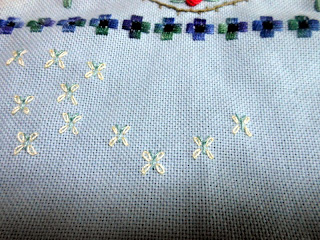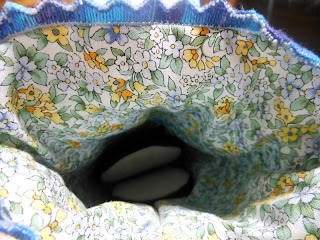So
anyway, I was sitting on the wood rock, eating some carrot sticks, watching and
waiting. A little boy ran up to the wood
rocks and started climbing on them and his family (mother, father, and a baby
in stroller) followed. I noticed the
mother’s shirt said Carbondale, Illinois. I said to her, Carbondale kara
kimashita, which is not really true, but it’s easier to say I’m from Carbondale
than to say, I lived in Carbondale for three years when I was in law school,
then moved away for a few years, then returned to live there for about seven
years, then lived somewhere else before moving to Japan. She pointed to her
shirt and said Amerika desu ka? You have to understand that many people in
Hokkaido wear shirts with English words printed on them and they have no idea
what the shirt says. They let me take their picture, then were on their way.
A woman
on another wood rock was witness to this and came over to my rock after the
family left. She told me, in English,
that she was from Chiba prefecture and studies English with a Canadian
teacher. She tries to practice her
English with foreigners whenever she can. She was interesting and her English
was very good. She told me she is 65 years old and has three daughters and four
grandsons. She showed me family pictures
on her phone. Two daughters are married and living in Hokkaido, and she is here
visiting them. Her other daughter is 33
years old, not married and living in Chiba.
My new friend said she wants to find her daughter a husband so she can
have a girl grandchild. We talked for about 20 minutes, then she was on her
way.
Watching
and waiting can be very interesting. I never find the time to be wasted.


























































